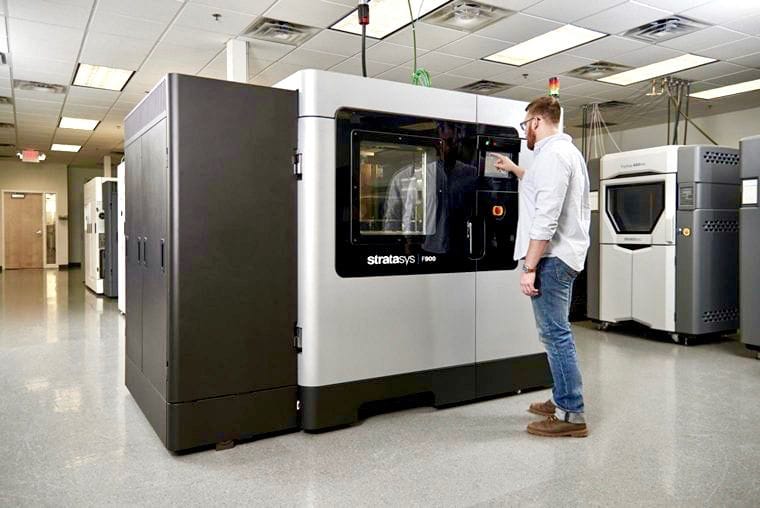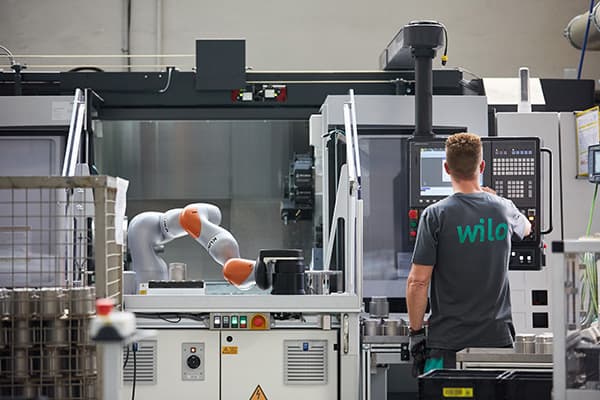An industrial 3d printer is a general-purpose additive manufacturing and rapid prototyping system suited to producing high-value, low-volume components and tools. The main difference between an office or hobby 3D printer and an industrial 3D printer
An industrial 3d printer is a general-purpose additive manufacturing and rapid prototyping system suited to producing high-value, low-volume components and tools. The main difference between an office or hobby 3D printer and an industrial 3D printer is the scale at which they are used, the materials they can print with, and the dimensional accuracy of the part they can produce.
Difference between an Industrial and a non-Industrial 3D printer
The most crucial difference between an industrial 3d printerand a non-industrial 3D printer is the ability to handle continuous printing. In our case, we mean that you can print 24/7 (which you can also do with desktop 3D printers) and leave it unattended for a more extended period, even days.
The second difference is the minimum quantity of parts produced in one go. While professional machines are built for mass production and more significant portions of the same product, desktop machines usually focus on prototyping and producing more small amounts.
Both industrial and non-industrial 3D printers have their advantages depending on your needs. For example, you can use a desktop 3D printer from home to create limited prototypes or personalized products. In contrast, an industrial machine is best used in factories or production environments where high-volume printing is required.

3D printers are usually used for Prototyping Projects
D printers are usually used for Prototyping Projects. 3D printers are used for creating models and parts in various industries and have also found a place in the consumer market for creating hobbyist projects. The process works by laying down successive layers of material until the entire object is created. Each layer can be seen as a thinly sliced horizontal cross-section of the eventual object.
3D printers are beneficial for quickly creating prototypes, but they can also create finished products. Parts printed with this technology are often lighter, stronger, and less expensive than those made using traditional methods.
The first commercially available 3D printer was released in 1988 by a company called 3D Systems, and it used stereolithography (SLA) to create models and parts by curing liquid resin with ultraviolet light. This process was called stereolithography because it involved making successive cross-sectional slices of an object’s digital blueprint to guide the printer head during fabrication. Later models would replace the ultraviolet laser with a more precise extrusion nozzle that could lay down successively thin layers of material until the entire model was complete.
